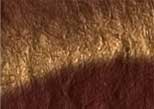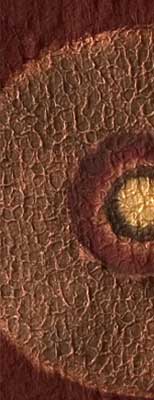How handmade paper is made
For many centuries, paper makers have found great satisfaction in the tactile process of making paper. The process begins with pulp, which can be derived from any number of natural fibers and materials, such as cotton, bark, leaves, seeds, grasses, animal dung, coconut hair or tree debris.
The pulp is beaten so that the fibers split and become hydrated with water. It is then poured into a mold, a frame covered with a fine screen, which catches the fiber but releases the water. The mold is shaken to drain excess water and helps interlock the fibers into a wet mat or sheet.
The wet sheet of paper pulp is transferred to an absorbent layer of felt fabric or blankets. The sheets are stacked. Under the pressure of a press, the water is gently removed from the wet sheets. The sheets may then be dried with a roller or left in blotters with weight on top to flatten them.
Although papermaking is laborious, the beauty of the end result justifies the effort.





